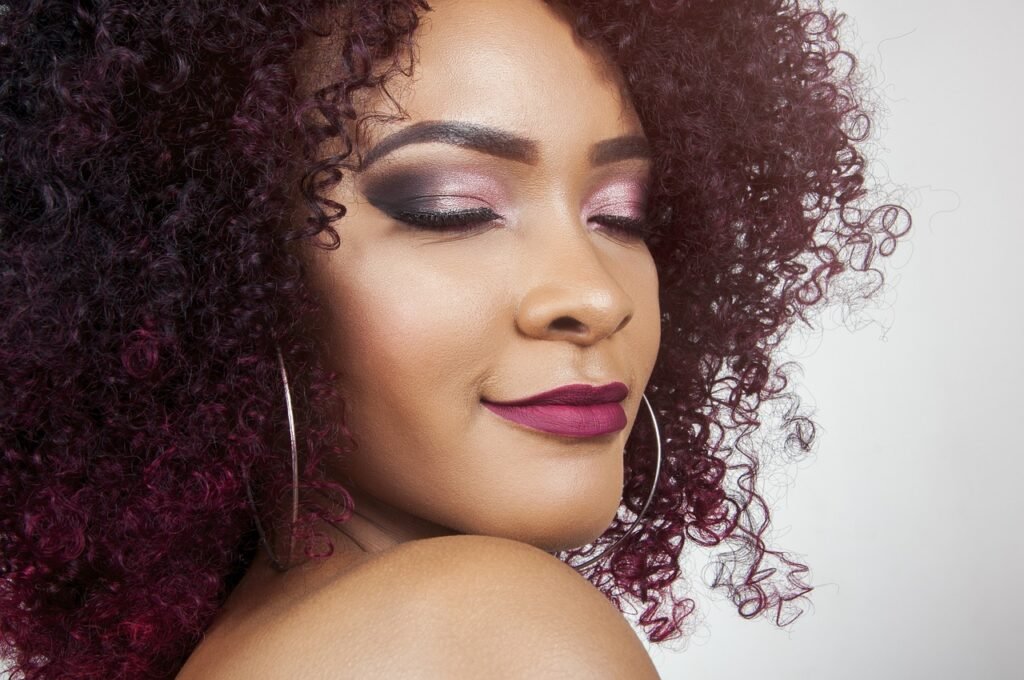
Snail mucin. The name itself might raise an eyebrow, but this unlikely ingredient has slithered its way into the spotlight of the beauty world, touted for its seemingly miraculous skin-enhancing properties. From serums to creams, snail mucin is popping up in skincare products everywhere. But what exactly is it, and does it live up to the hype?
What is Snail Mucin?
Snail mucin, also known as snail secretion filtrate, is the slime secreted by snails. It’s not just any slime, though. This viscous substance is a complex cocktail of naturally occurring compounds that the snail produces to protect and repair itself. When a snail is injured or stressed, it releases this mucin to aid in the healing process. It’s this very regenerative ability that has caught the attention of skincare enthusiasts and scientists alike.
What is the Chemical Composition of Snail Mucin?
Snail mucin is a treasure trove of skin-beneficial components. While the exact composition can vary depending on the snail species and environmental factors, some key ingredients consistently show up:
- Glycolic Acid: This alpha-hydroxy acid (AHA) gently exfoliates the skin, helping to remove dead skin cells and reveal a brighter complexion.
- Hyaluronic Acid: A humectant, meaning it attracts and retains moisture, hyaluronic acid is crucial for keeping skin hydrated and plump.
- Allantoin: Known for its soothing properties, allantoin helps to calm irritated skin and promote cell regeneration.
- Collagen and Elastin: These proteins are essential for maintaining skin’s structure, elasticity, and firmness, reducing the appearance of wrinkles.
- Antioxidants: Snail mucin contains antioxidants that help protect the skin from damage caused by free radicals, which contribute to premature aging.
- Antimicrobial Peptides: These peptides may help to fight off bacteria, potentially benefiting acne-prone skin.
Is Snail Mucin Good for the Skin?
The anecdotal evidence is compelling, with many users reporting improvements in skin hydration, texture, and overall appearance after using snail mucin products. But what does science say?
Several studies have investigated the potential benefits of snail mucin for the skin. Research suggests that it can indeed improve skin hydration, reduce wrinkles, and promote wound healing. However, more extensive research, particularly large-scale clinical trials, is needed to fully understand the extent of its benefits and to confirm these findings.
It’s important to note that while snail mucin is generally considered safe for most skin types, allergic reactions are possible. It’s always a good idea to do a patch test before applying any new product to your face, especially if you have sensitive skin.
What Mechanism Does Snail Mucin Use to Maintain Good Skin?
Snail mucin works through a variety of mechanisms, thanks to its diverse composition. The glycolic acid gently exfoliates, while hyaluronic acid plumps the skin with moisture. Allantoin soothes and promotes healing, while collagen and elastin support the skin’s structure. The antioxidants provide a defense against environmental damage. It’s the synergistic action of these components that contributes to the potential skin benefits of snail mucin.
What Does Snail Mucin Do to the Skin?
In essence, snail mucin aims to:
- Hydrate: By attracting and retaining moisture, it keeps the skin supple and hydrated.
- Exfoliate: Glycolic acid gently removes dead skin cells, revealing a smoother, brighter complexion.
- Soothe: Allantoin calms irritated skin and promotes healing.
- Protect: Antioxidants fight off free radicals, preventing premature aging.
- Support: Collagen and elastin help maintain skin’s firmness and elasticity.
While snail mucin shows promise as a skincare ingredient, it’s not a magic bullet. It’s most effective when used as part of a consistent skincare routine that includes sun protection and other beneficial ingredients.
References
- Bortolotti, A., et al. (2016). “Antimicrobial activity of the land snail Cornu aspersum mucus against pathogenic bacteria.” Journal of Ethnopharmacology, 191, 1-6.
- Gentili, V., et al. (2020). “Snail mucus: From biological properties to cosmetic applications.” Molecules, 25(19), 4593.
- Trapella, C., et al. (2018). “Snail mucus extracts protect human fibroblasts from oxidative stress and promote cell proliferation and migration.” International Journal of Cosmetic Science, 40(6), 618-628.
Disclaimer: This article is for informational purposes only and does not constitute medical advice. Always consult with a dermatologist or healthcare professional before trying any new skincare products or treatments.
